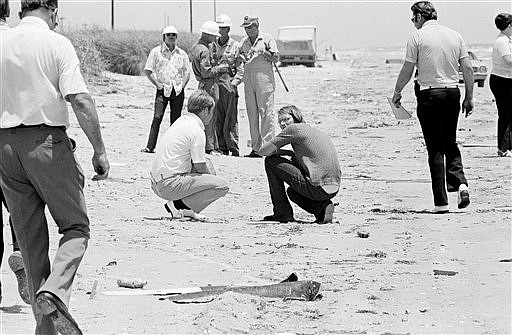HUNTSVILLE, Texas — A onetime henchman of one of the Houston area’s most notorious serial killers has died of covid-19, officials said Wednesday.
David Owen Brooks was 65 when he died in a Galveston prison hospital on May 28, two weeks after he had been hospitalized with symptoms consistent with the illness caused by the novel coronavirus, according to the Texas Department of Criminal Justice website. He also suffered from a number of preexisting conditions but did test positive for the virus, and preliminary results of an autopsy suggested it was a contributing cause of his death.
Brooks was serving six life sentences in prison for his part in the reign of terror by Dean Corll, who killed at least 28 teenage boys and young men in Houston in the 1970s. Corll, a Houston electric company worker and former candy store owner, used Brooks and fellow teen Elmer Wayne Henley to lure youngsters to his apartment, where they were handcuffed and shackled to a plywood torture board before being sexually assaulted and killed.
Henley, who said he shot and killed Corll in 1973 in self-defense after hours of drinking and glue sniffing at Corll’s Pasadena house, also is serving six life sentences. Police then recovered the bodies of their victims, most from Corll’s southwest Houston boat shed. Other bodies were buried in remote areas of East Texas and at the beach.
The killings were called the Houston Mass Murders — at the time, the worst in U.S. history.
Most of the bodies were badly decomposed, their identities obscured by time and elements. A few were buried with mementos that whispered of their youth and the fashions of the day: a brown fringed leather jacket, ankle-high leather boots, shorts in a tie-dyed pattern.
The condition of their bodies hinted of agony in their final minutes.
Henley, who turned 64 on Tuesday, became eligible for parole in 1983 but has been denied release repeatedly.
